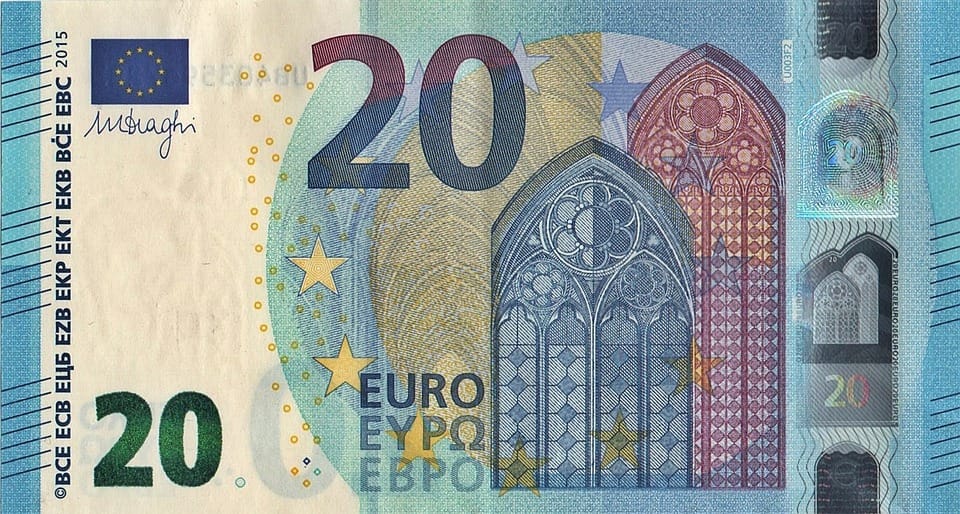Unlocking the Power of ERC-20: A Beginner’s Guide to Creating and Using Standardized Cryptocurrencies
The rise of cryptocurrencies has revolutionized the way we think about money and the internet. With the birth of Bitcoin in 2009, the concept of decentralized currencies has gained traction, and the number of cryptocurrencies has grown exponentially. Among these, ERC-20 tokens have become particularly popular due to their standardization and versatility. In this article, we’ll delve into the world of ERC-20, explaining what it is, how it works, and its applications. We’ll also provide a step-by-step guide on creating and using standardized cryptocurrencies.
What is an ERC-20 Token?
ERC-20, short for Ethereum Request for Comment 20, is a standardization protocol developed by Ethereum in 2015. It allows for the creation of decentralized tokens, which can be easily traded, stored, and transferred on the Ethereum blockchain. ERC-20 tokens are essentially utility tokens that can represent any digital asset, such as a security, a piece of art, or a commodity. These tokens can be created and traded using smart contracts, which enable the token’s functionality and rules.
How Do ERC-20 Tokens Work?
ERC-20 tokens are created using the Ethereum smart contract platform, which ensures that the tokens are transparent, secure, and interoperable. When a token is created, it’s associated with a specific contract address on the Ethereum blockchain. This contract contains the rules and logic that govern the token’s behavior, including its supply, transferability, and smart contract functions.
Here’s a step-by-step explanation of the ERC-20 token creation process:
- Design the token’s features: Define the token’s name, symbol, and total supply.
- Write the smart contract: Write the smart contract code, which includes the token’s rules and functions.
- Compile and deploy the contract: Compile the contract code into bytecode and deploy it to the Ethereum blockchain.
- Create the token: Once the contract is deployed, create the token by executing a transaction on the blockchain.
Why Use ERC-20 Tokens?
ERC-20 tokens have several advantages that make them popular among cryptocurrency enthusiasts:
- Standardization: ERC-20 tokens are standardized, making it easy to develop and use tokens on the Ethereum platform.
- Interoperability: ERC-20 tokens are compatible with most Ethereum wallets and exchanges, allowing for seamless transfers and trading.
- Security: ERC-20 tokens are secured by the Ethereum blockchain, making them resistant to tampering and hacking.
- Flexibility: ERC-20 tokens can represent a wide range of assets, from tokens to tokens with complex logic and functionality.
Creating ERC-20 Tokens: A Step-by-Step Guide
Creating an ERC-20 token requires some coding knowledge, but we’ll break down the process into manageable steps:
Step 1: Choose a Development Environment
Select a development environment that supports Ethereum smart contracts, such as Truffle Suite, Solidity IDE, or Remix.
Step 2: Define the Token’s Features
Define the token’s name, symbol, and total supply using a configuration file or code comments.
Step 3: Write the Smart Contract
Write the smart contract code in Solidity, using functions such as totalSupply, balanceOf, transfer, and allowance. You can find examples and tutorials online or use pre-built contracts as a starting point.
Step 4: Compile and Deploy the Contract
Compile the contract code into bytecode and deploy it to the Ethereum blockchain using Truffle, Web3, or Ethers.js.
Step 5: Create the Token
Execute a transaction on the blockchain to create the token and initialize the contract.
Using ERC-20 Tokens: A Beginner’s Guide
Now that you’ve created your ERC-20 token, it’s time to use it. Here’s a step-by-step guide to get you started:
Step 1: Create a Wallet
Create an Ethereum wallet, such as MetaMask or MyEtherWallet, to store your tokens.
Step 2: Obtain the Token
Use the token’s contract address to obtain the token, either by claiming it or buying it on an exchange.
Step 3: Transfer and Trade Tokens
Use the token’s smart contract functions to transfer and trade the token on the Ethereum blockchain.
Conclusion
In conclusion, ERC-20 tokens have revolutionized the way we think about standardized cryptocurrencies. With their flexibility, security, and interoperability, ERC-20 tokens have become a staple of the cryptocurrency ecosystem. By understanding the basics of ERC-20 tokens, you can unlock the potential of this technology and join the thousands of developers and entrepreneurs who are already building on this foundation.
FAQs
Q: What is the difference between ERC-20 and other blockchain protocols?
A: ERC-20 is a standardization protocol developed specifically for the Ethereum blockchain, while other blockchain protocols have their own standardization mechanisms.
Q: Can I create a token that’s not compatible with Ethereum?
A: Yes, you can create tokens on other blockchain platforms, such as Binance Smart Chain or Polkadot. However, ERC-20 tokens are optimized for Ethereum and may have compatibility issues on other platforms.
Q: Can I create a token without coding knowledge?
A: Yes, you can use pre-built contracts and development frameworks, such as Truffle Suite or Web3, to create tokens without extensive coding knowledge. However, some basic programming knowledge can be helpful for customizing and optimizing the token.
Q: How secure are ERC-20 tokens?
A: ERC-20 tokens are secured by the Ethereum blockchain, which uses cryptographic algorithms and a decentralized network of nodes to ensure the integrity of the data.
Q: Can I use ERC-20 tokens for business or investment purposes?
A: Yes, many businesses and investors use ERC-20 tokens for a variety of purposes, such as crowdfunding, initial coin offerings (ICOs), and token-based trading.
Q: Can I create a token that represents a physical asset?
A: Yes, ERC-20 tokens can represent physical assets, such as real estate or commodities. However, ensure that you comply with regulatory requirements and laws regarding digital assets.

Leave a Reply